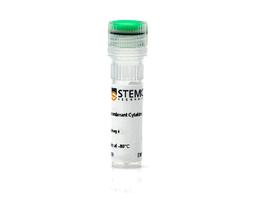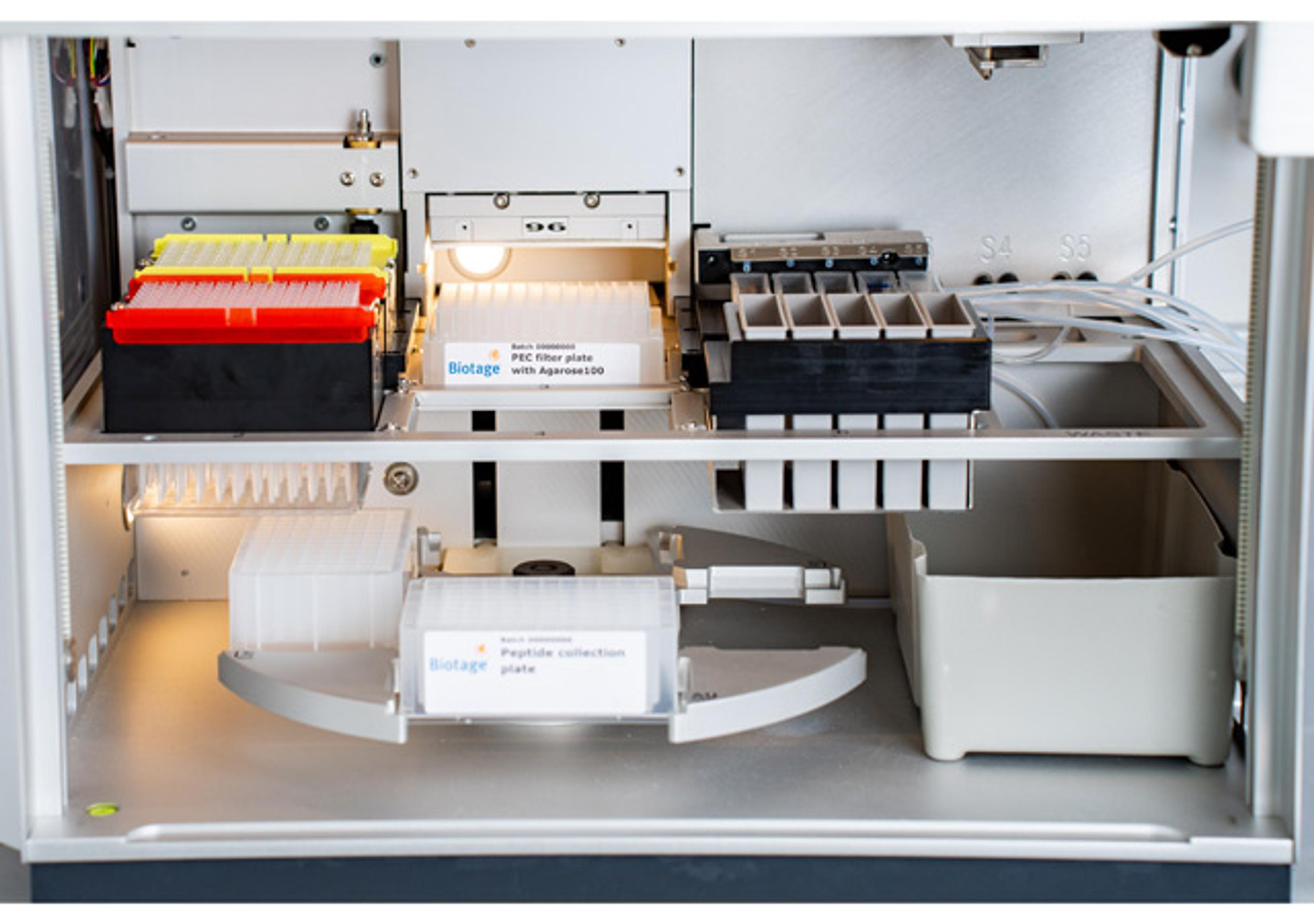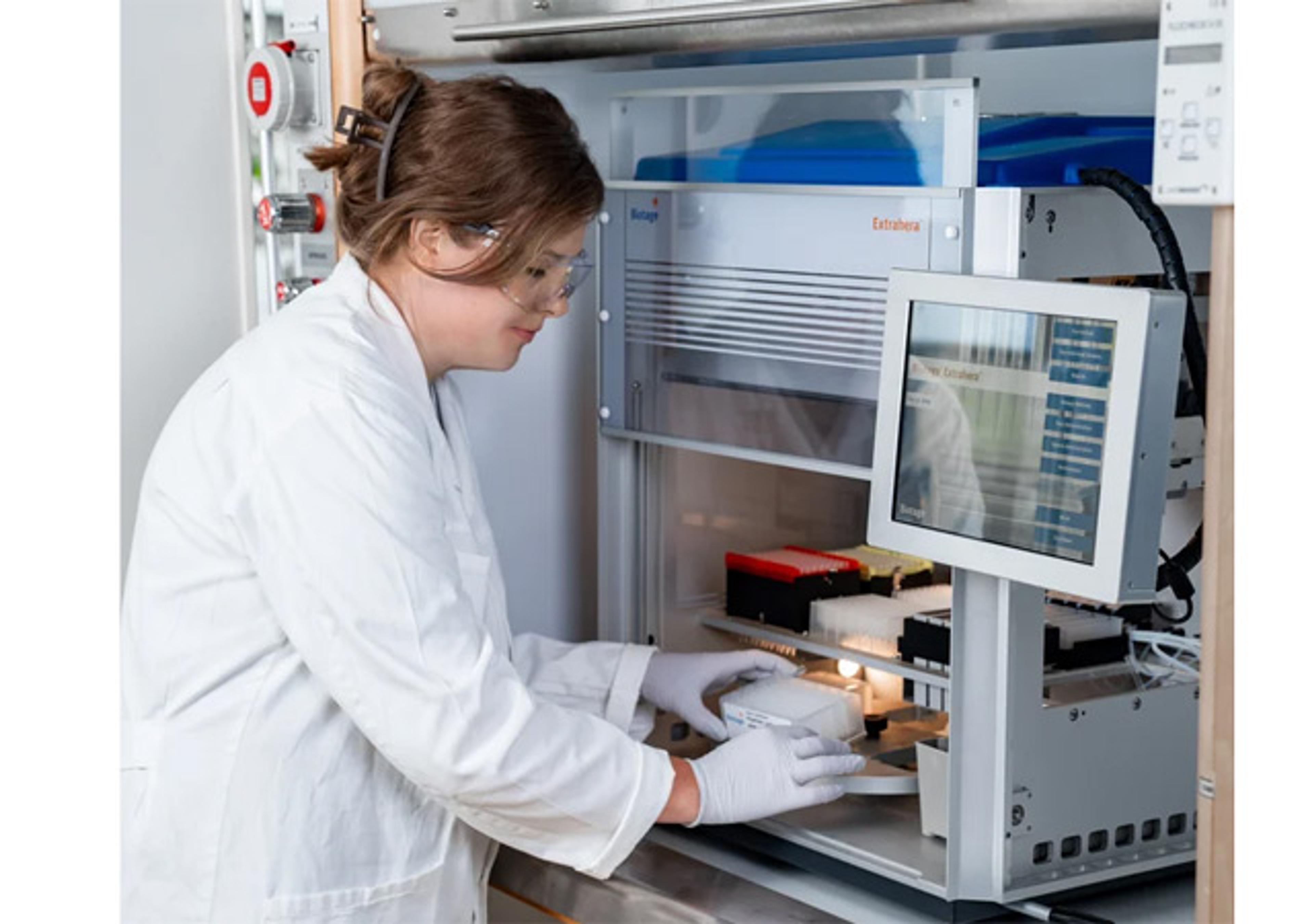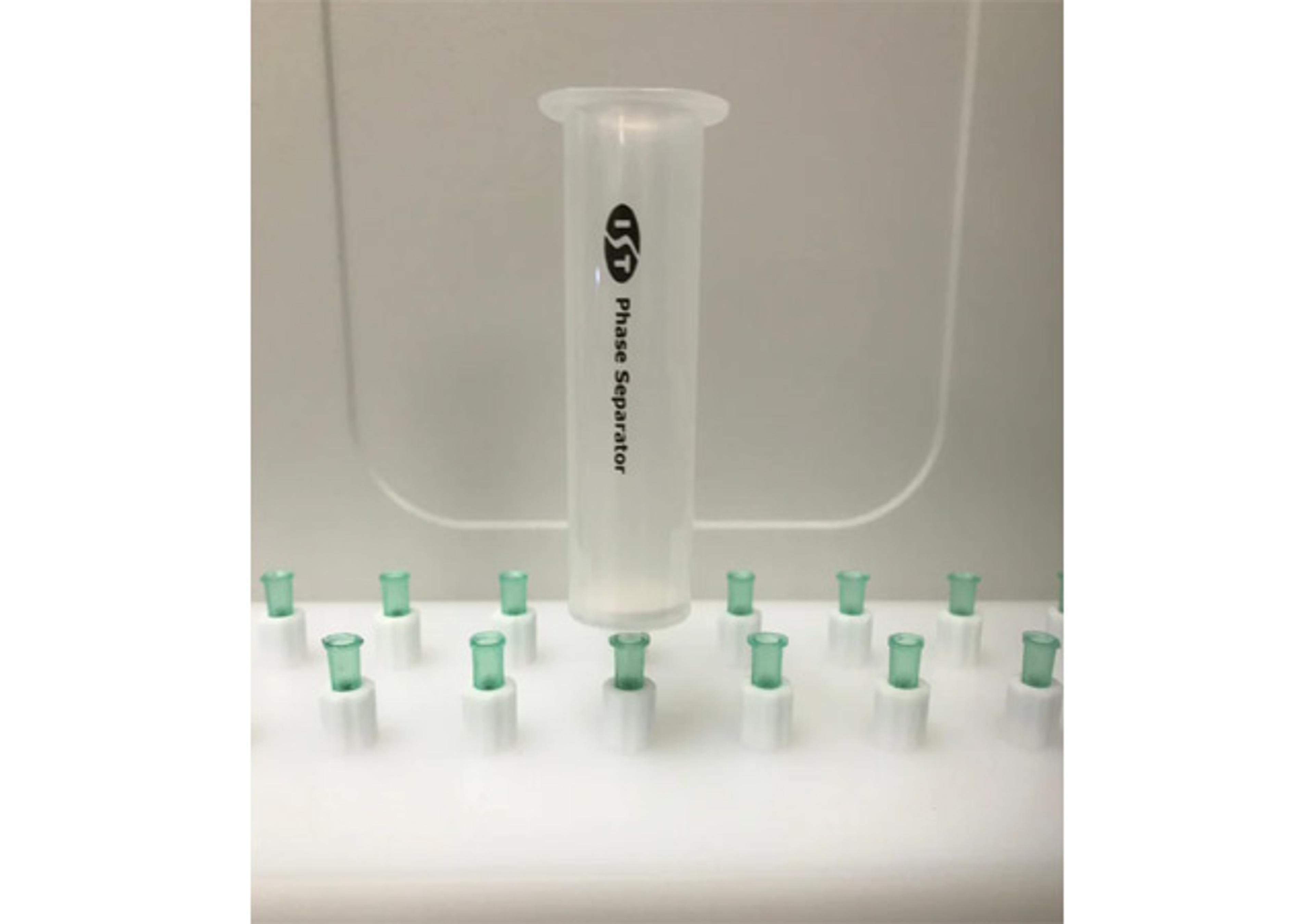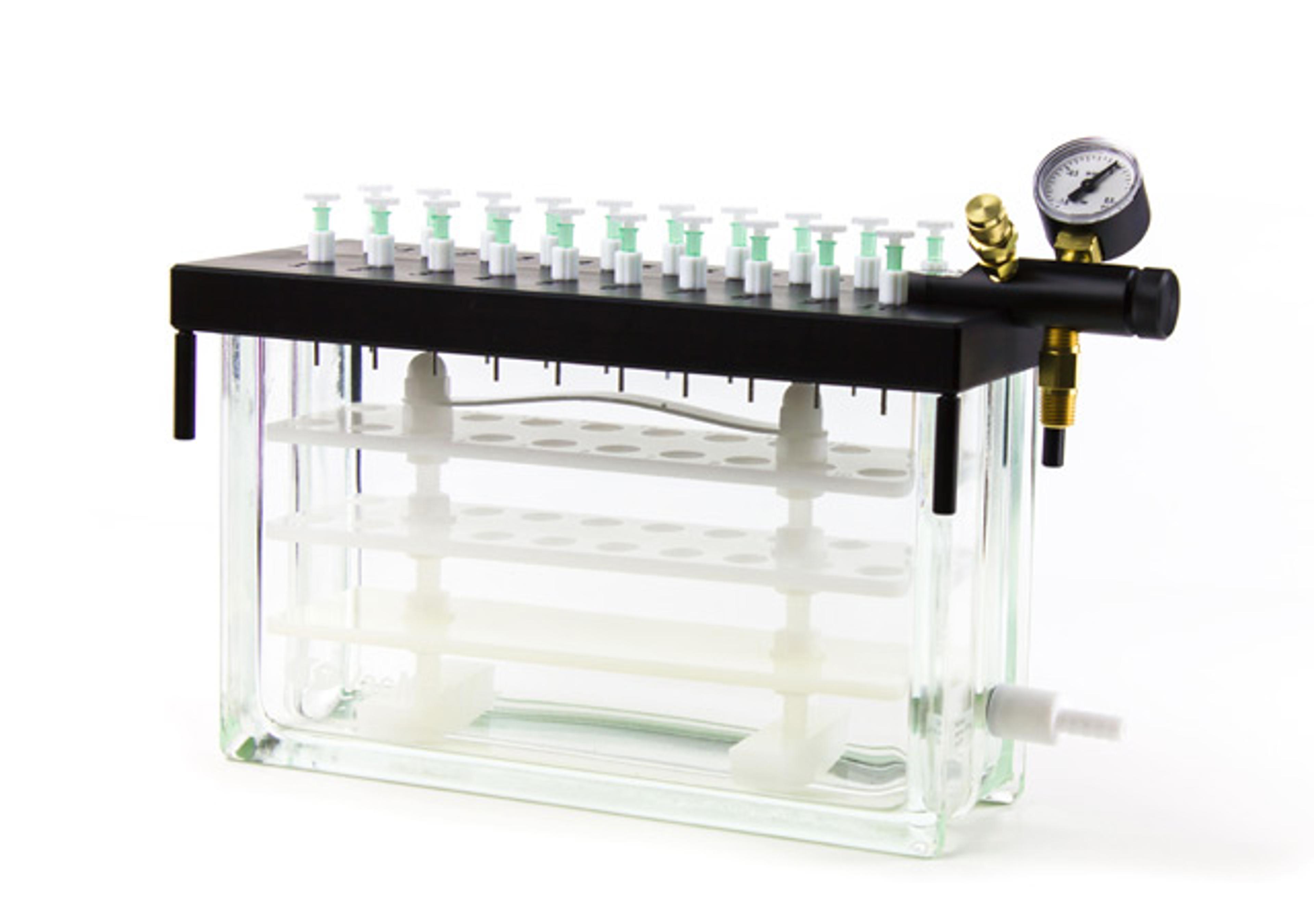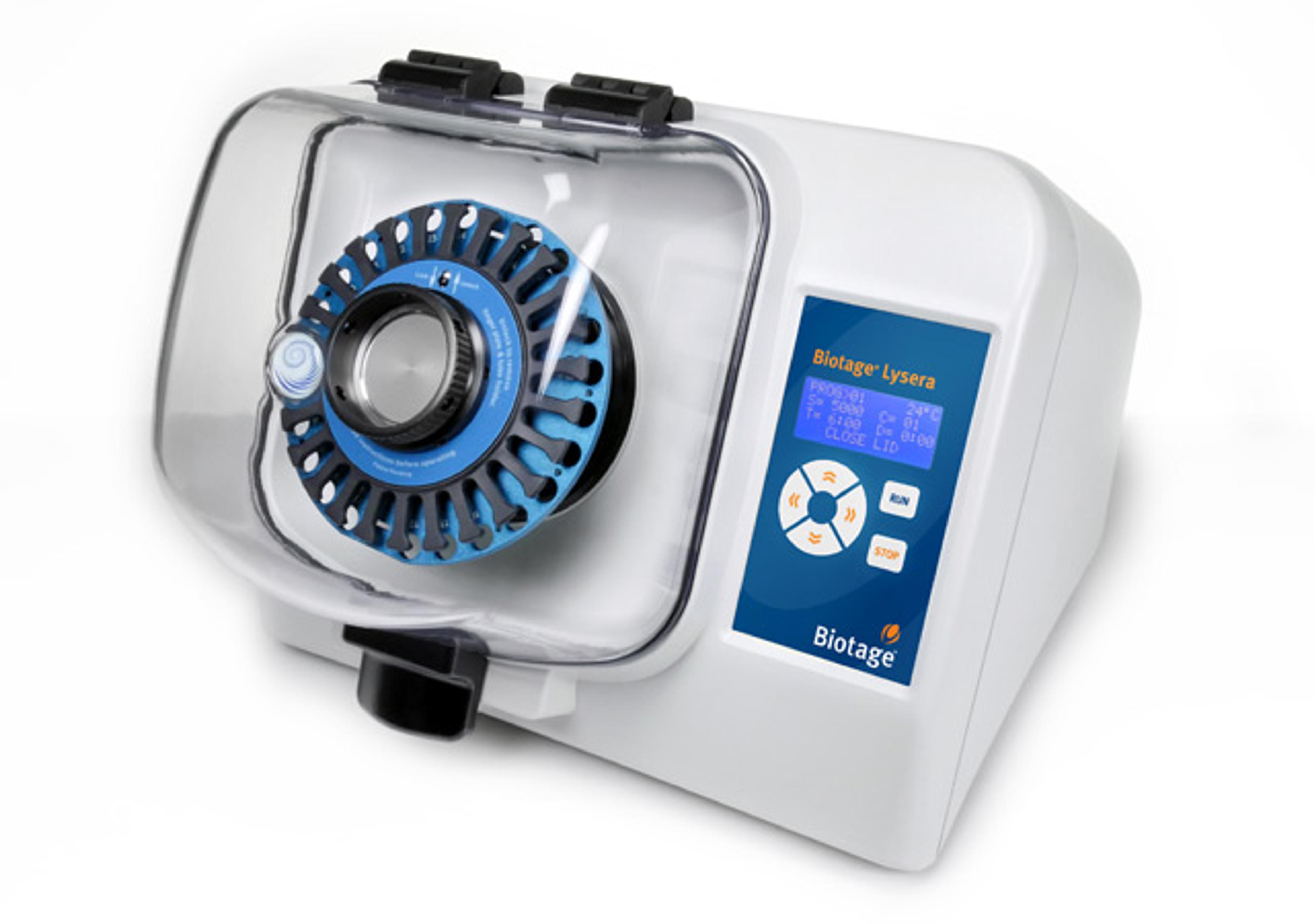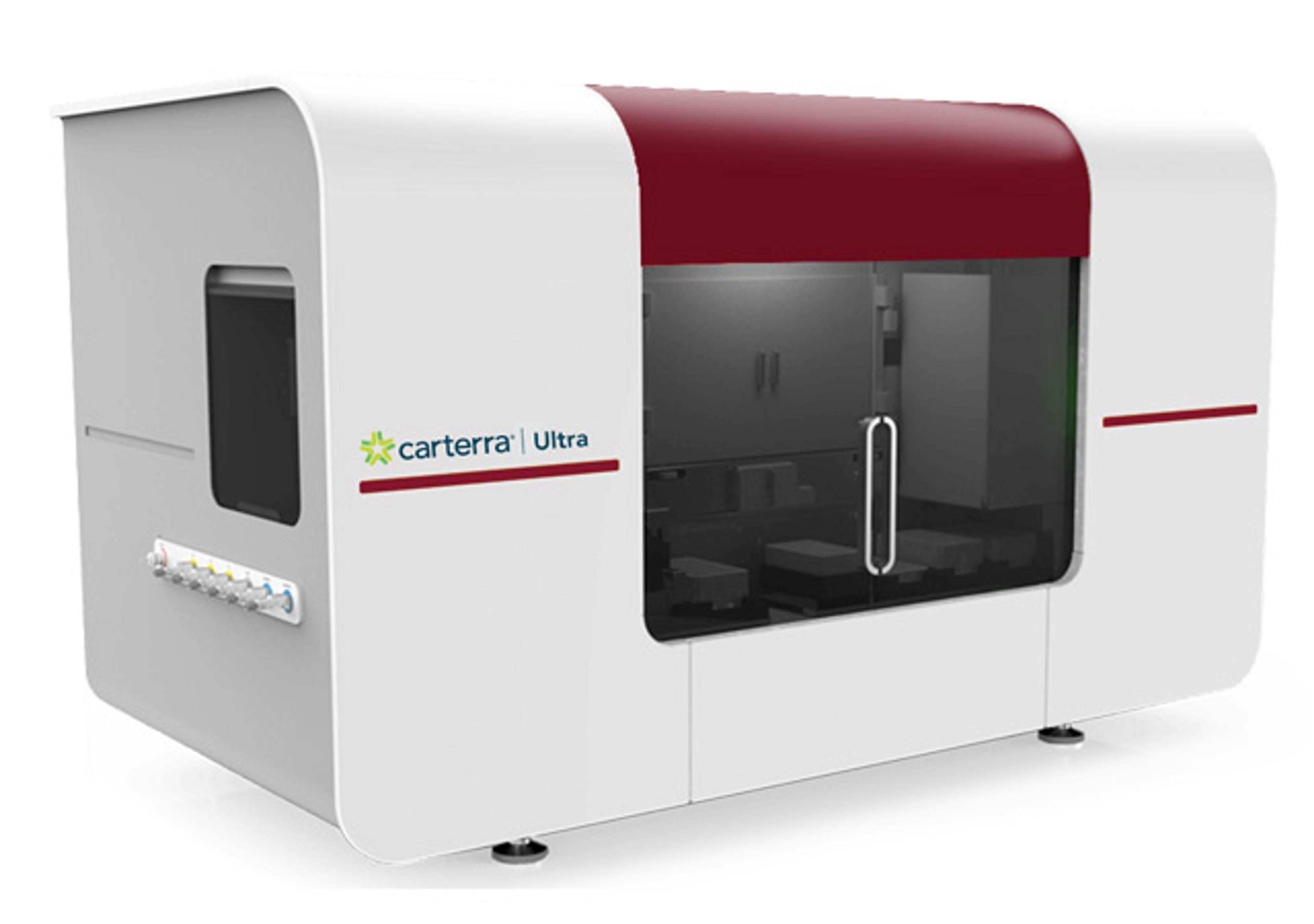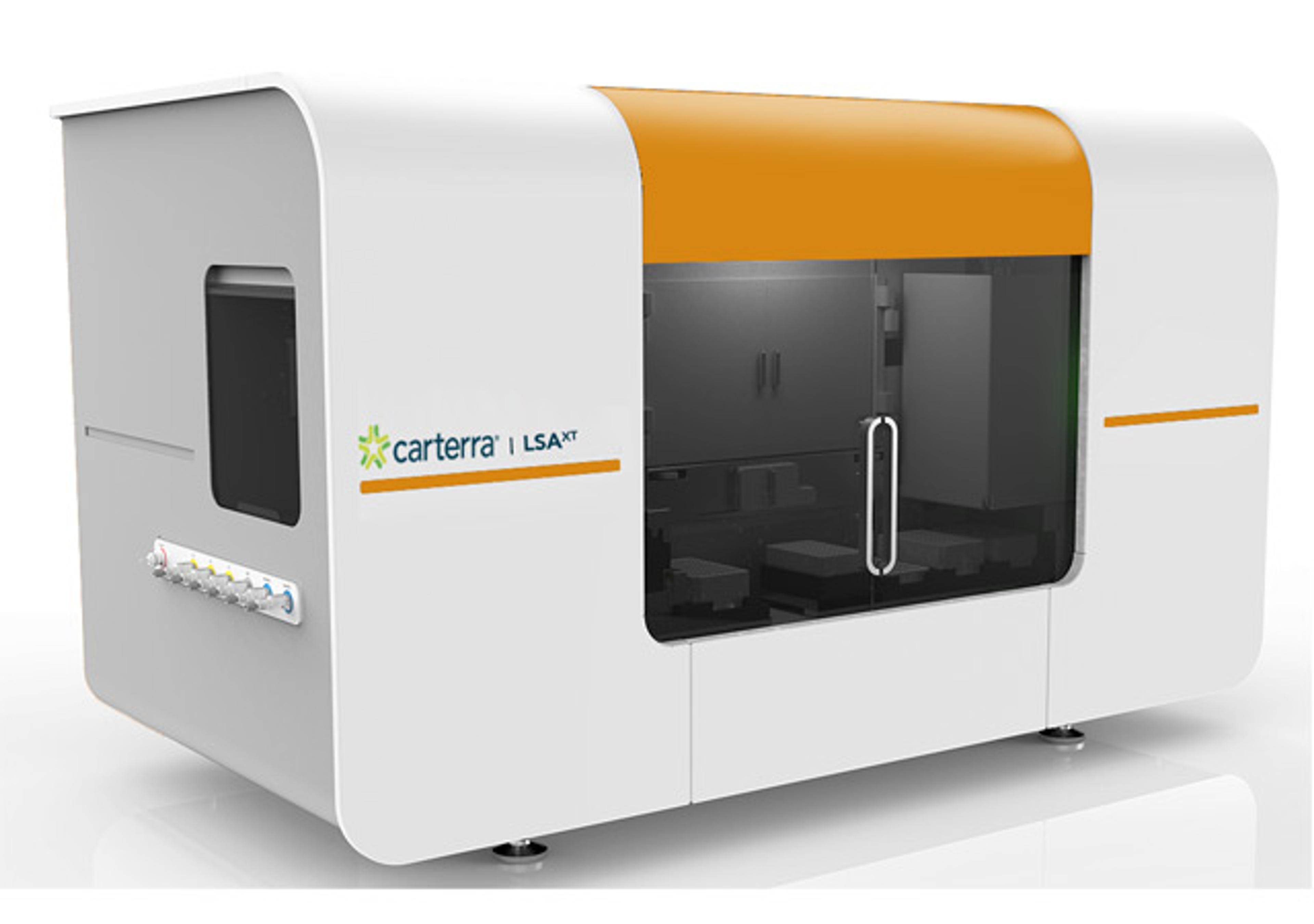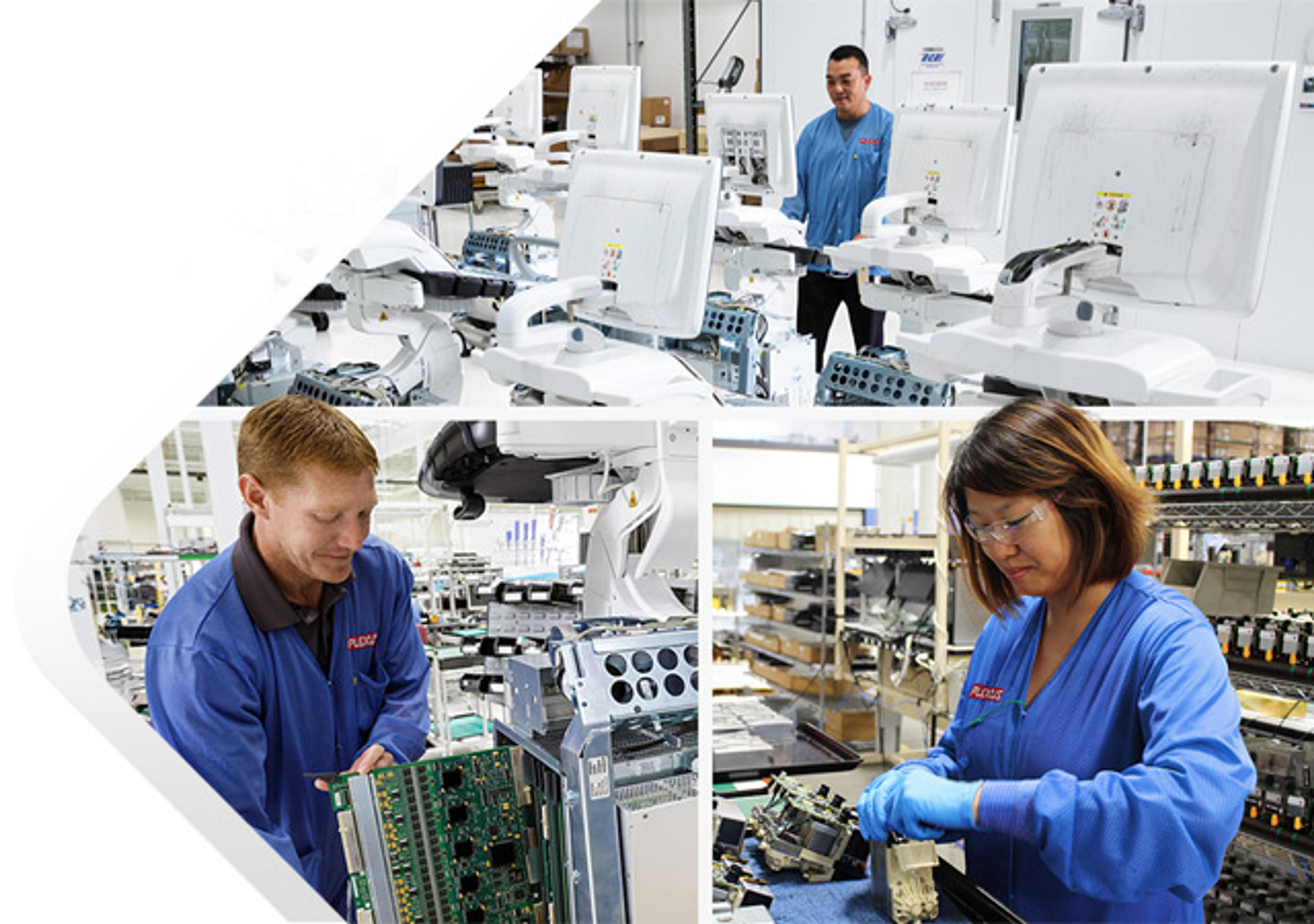Human Recombinant IL-8 (CXCL8)
Interleukin 8

The supplier does not provide quotations for this product through SelectScience. You can search for similar products in our Product Directory.
Interleukin-8 (IL-8) is a member of the CXC subfamily of chemokines and is produced by leukocytic cells (monocytes, T cells, neutrophils, and natural killer cells) and non-leukocytic somatic cells (endothelial cells, fibroblasts, and epithelial cells), with the most prominent source being monocytes and macrophages. Its production is induced by inflammatory stimuli, such as IL-1. IL-8, also known as CXCL8, activates neutrophils inducing chemotaxis, exocytosis, and the respiratory burst (Baggiolini & Clark-Lewis; Mukaida). IL-8 is considered one of the most potent neutrophil chemoattractants in inflammation and binds to two different chemokine receptors on leukocytes: the G protein-coupled receptors CXCR1 and CXCR2 (Hoffmann et al.; de Oliveira et al.). IL-8 has angiogenic effects on human intestinal microvascular endothelial cells in vitro that are mediated by CXCR2 (Heidemann et al.). IL-8 is reported to promote breast cancer progression by increasing cell invasion, angiogenesis, and metastasis and has been reported to be involved in regulating breast cancer stem-like cells (Singh et al.). IL-8 also has proangiogenic properties in inflammatory diseases of the conjunctiva, cornea, iris, retina, and orbit (Ghasemi et al.). It was also shown that a major T cell effector function in human newborns is IL-8 production, which has the potential to activate antimicrobial neutrophils and gamma/delta T cells (Gibbons et al.). A variety of human pathogens, such as HIV and Mycobacterium tuberculosis, have been shown to induce IL-8 production by monocytes and macrophages (Friedland et al.; Meddows-Taylor et al.).


